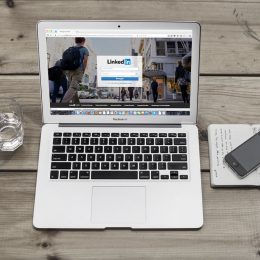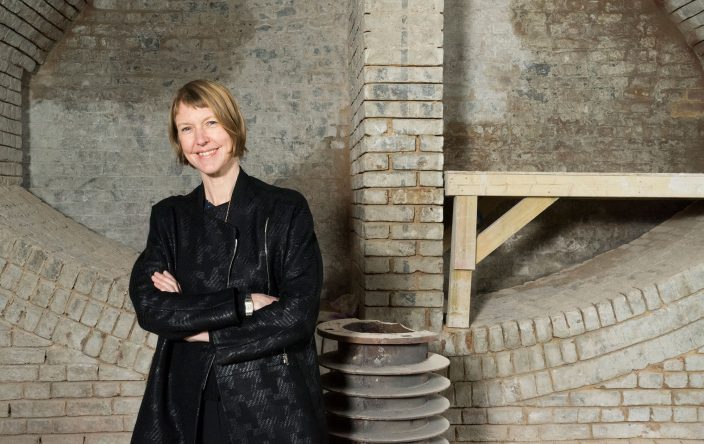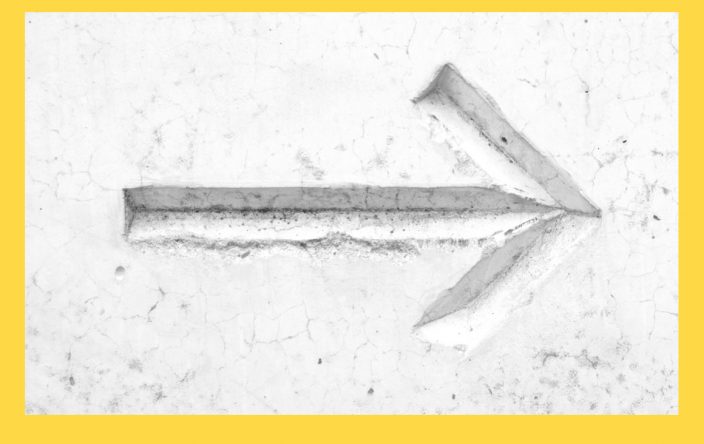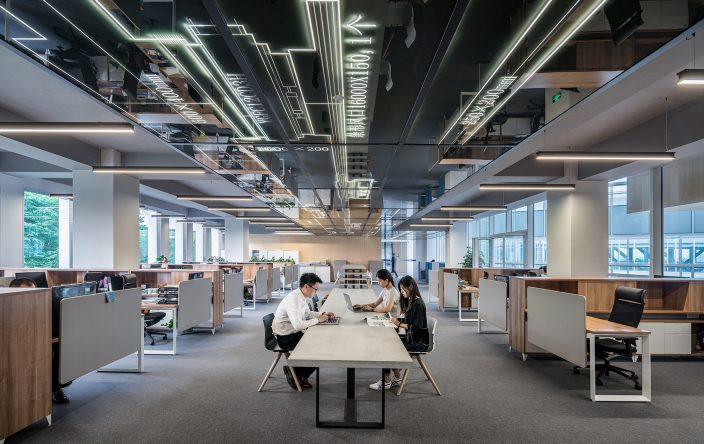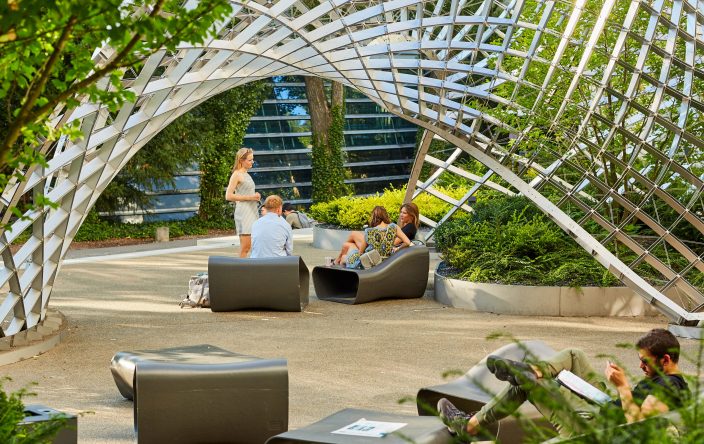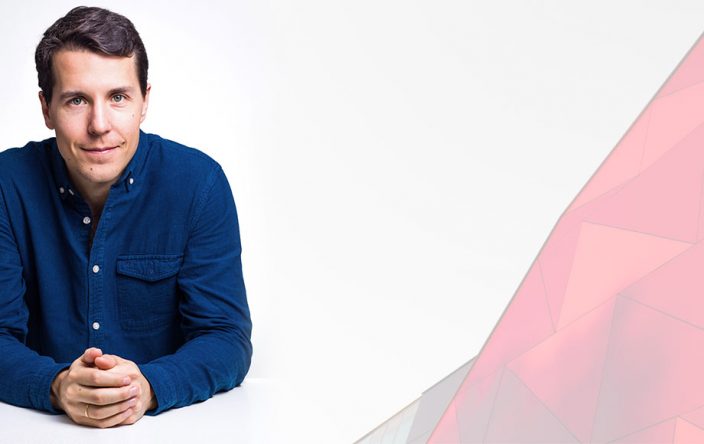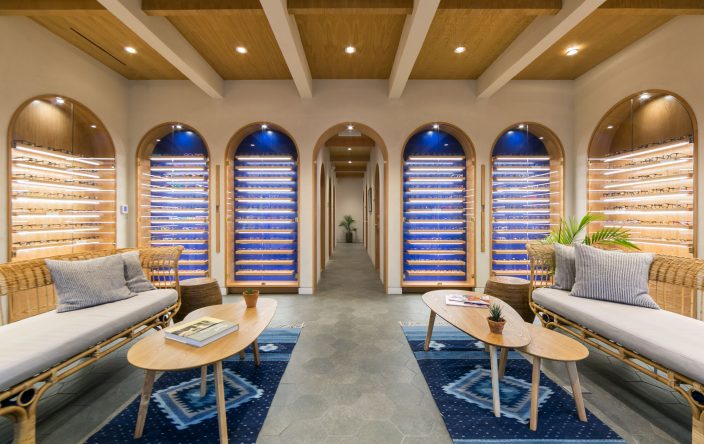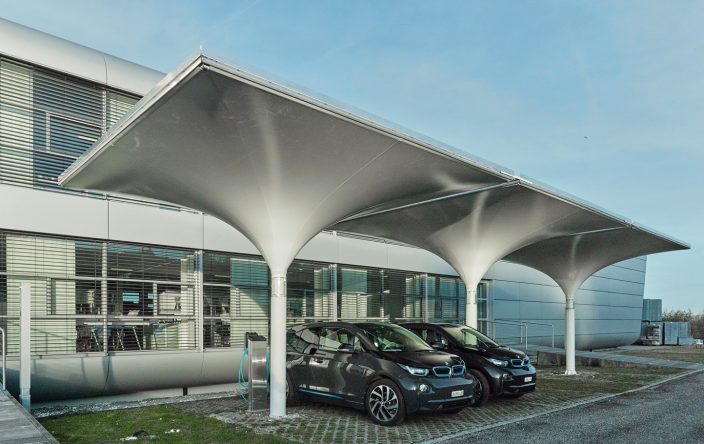
Radbahn for Berlin: Converting Forgotten Space for Contemporary Mobility and Innovation
Welcome back to Archipreneur Insights, the interview series with leaders who are responsible for some of the world’s most exciting and creatively disarming architecture. The series largely follows those who have an architectural degree but have since followed an entrepreneurial or alternative career path but also interviews other key players in the building and development community who have interesting angles on the current state of play in their own field.
This week’s interview is with paper planes e.V., the initiative behind the project Radbahn.
The team behind paper planes e.V. consists of architects, urban planners, cultural managers and entrepreneurs. Their goal is to develop Berlin into a bike-friendly city by transforming the forgotten space underneath Berlin’s famous elevated subway line “U1” into a bike path connecting Bahnhof Zoo in the west all the way to Oberbaum bridge in the east. The vision of Radbahn is not only to create space for contemporary mobility, but also for innovation and leisure.
The team has just produced a 140-page book proving that the implementation of Radbahn is possible. Right now the people behind paper planes e.V. are engaging with decision makers, current and future partners and other coalition members to ensure that Radbahn will be build in the near future – we sure hope so!
You can help turn this vision into reality by supporting their crowdfunding campaign! See more crowdfunded architecture projects here.
We spoke with one of the members of the initiative, Matthias Heskamp, an architect who studied under Álvaro Siza for 10 years in Porto and has led projects for David Chipperfield Architects in Berlin. As the head of the association, he now dedicates himself full-time to paper planes e.V.
Enjoy the interview!
You combined your knowledge of architecture, urban planning and development and business to make Berlin a better place – at least for cyclists. Could you tell us how you met and what your respective backgrounds are?
Initiative projects usually start with a problem. In our case the problem was detected by Martti Mela, an entrepreneur, on one of these rainy days in Berlin. He rang me up, asking, why it is not possible to ride his bike underneath the elevated U1? One day later we met with a group of architect friends to examine the situation and came up with an intriguing proposal.
The team quickly grew to eight members of different fields, a professional in campaigning with business background, a cultural manager, an expert of integrational traffic planning, an urban planner and various architects.

When did you come up with the concept for Radbahn? What inspired you?
The idea arose end of September 2014. We have been working for one year on the concept for Radbahn and then launched it to the public in November 2015.
The unused, predominantly abandoned space under the elevated listed U1 construction inspired us to come up with a unique solution for covered and save cycling, space for culture and leisure activities and most important: a testbed for innovative intermodal mobility concepts and sustainable energy use.


Your concept for the Radbahn has won prices and was mentioned in the press worldwide. Why does the Radbahn not exist yet, what are the obstacles?
We got worldwide recognition for the concept, which proves that the idea has been very convincing. We were aware that at the time of going to public in November 2015, it didn’t show, how we would imagine Radbahn to be build in detail and how to solve intersections with car traffic. We sensed not only the need to come up with detailed proposals for that but further to outline the vast field of possibilities and chances for Berlin going along with the realization of Radbahn.
The result is a comprehensive study called “Radbahn Berlin”, a book with 140 pages, which we have launched recently, end of May 2017.


You have just launched a Startnext campaign. What is your goal?
Raising 17,000 Euros would allow us to finally get the book printed and start sending copies of it to key politicians and other influencers in Berlin. This is, what we achieved already thanks to the amazing support we got so far. Our next threshold is to reach 30,000 Euro to make it possible to dedicate more time to push Radbahn forward over the next three month. If we reach our goal of 40,000 Euro, we will organize a public street party in fall 2017, obviously located under the U1.
What major problems and opportunities do you think cities face in the 21st century?
The future of quickly rising cities is painted mostly negatively. Main topics are traffic congestion and air pollution. If we would see the chance in contemporary technology, which facilitates effective ways of intermodal mobility, sharing economy, energy harvesting we would be able to create amazing scenarios for sustainable cities, scaled back to human proportion. The trend of home office working make people tend to care about there districts they are living in. Local communities help cities to face global problems.
And how about Berlin?
Berlin is a city with low density, thus it does have a lot of space to allow for pedestrian and bike-friendly infrastructure. It furthermore is high in ranking regarding people who prefer to use sustainable means of transport. Generally Berlin has a young and open spirit, which would help to position the city to be the leading one regarding a modern mobility concept.
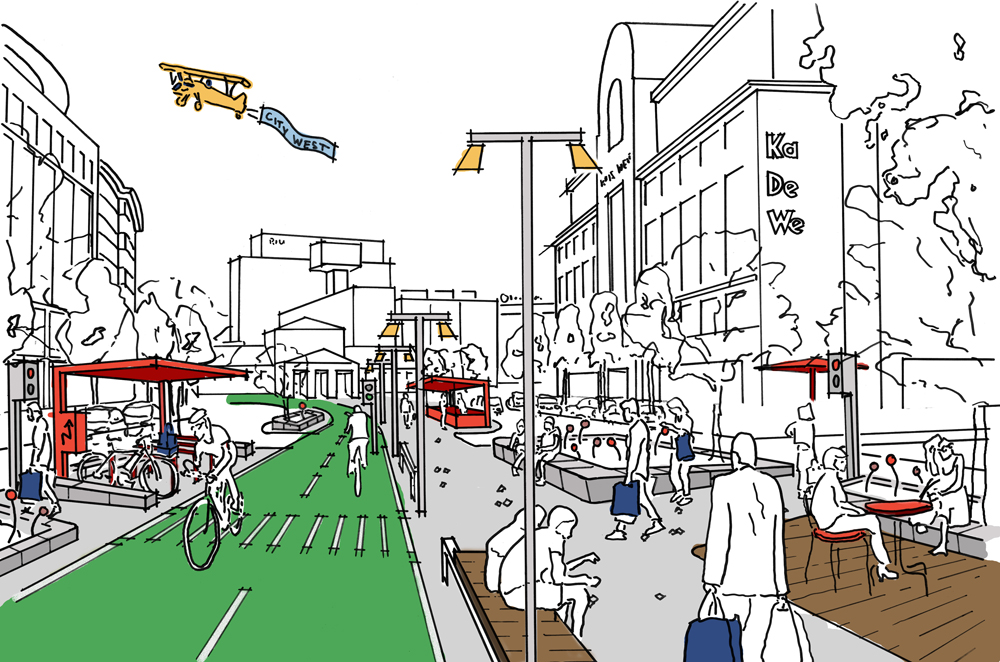
Do you have any advice for archipreneurs who are interested in starting their own business?
The idea and conviction for a project comes first. Bring potential stakeholders on board from the very beginning. Release early stages of a project on social media, to get a sense of public recognition. Networking will allow you to share work, and have a broader community to strive for the potential realization of your initiative.
How do you see the future of the architectural profession? In which areas (outside of traditional practice) can you see major opportunities for up and coming developers and architects?
Architects will have to assume more responsibility to influence tendencies of urban developments. If the driving force would only come from investors and authorities, we would lack the vision for a comprehensive understanding of chances for the cities of tomorrow.
About Radbahn/Paper planes e.V.
The team behind the Radbahn formed a registered nonprofit association called paper planes e.V. in summer 2016. Our goal is to research innovative social and technological concepts that make urban spaces more people-oriented and environmentally friendly for more livable cities.
We believe that increasing urbanization brings with it great opportunities. If we manage to make the right investments in our cities, it will not only be possible to make our everyday environment more livable, but we can also tackle today’s major global challenges.
Our ‘paper planes’ are designed to inspire as many people as possible about the exciting opportunities of tomorrow. To make it happen, we develop concrete concepts, carry out comprehensive project planning and promote our ideas with convincing communication.
Join our Newsletter
Get our best content on Architecture, Creative Strategies and Business. Delivered each week for free.

JOIN THE
ARCHIPRENEUR ACADEMY
- 9 Stage Studio Growth Roadmap
- Library of In-Depth Courses
- Checklists and Workbooks
- Quick Tips and Tutorials
- A Supportive Online Community





